Emergency lighting relies on various battery types, with the main ones being:
1. Lead Acid: These were commonly used in self-contained emergency lighting fixtures, such as twinspots, and are still widely used in central battery systems. Outside these applications, lead acid batteries are now rarely used in emergency lighting.
- Example: A twinspot emergency light fitting. Until recently, most of these used sealed lead acid batteries, but other chemistries are now being used.
2. Nickel Cadmium (NiCd): Despite cadmium being highly toxic and banned by the EU’s RoHS Directive, an exemption is in place for emergency lighting batteries due to limited alternatives. NiCd batteries are widely used in standalone emergency lighting fixtures and emergency conversion kits.
- Example: A standalone emergency exit sign with nickel cadmium (NiCd) batteries inside the fitting.
- Example: NiCd batteries in conversion kits used to turn standard light fittings into emergency lights, typically consisting of 2, 3, or 4 cells.
3. Nickel Metal Hydride (NiMH): These batteries are increasingly used instead of NiCd in emergency conversion kits due to slight advantages in some applications.
- Example: A NiMH battery consisting of 5 cells. NiMH cells are slimmer than NiCd cells.
4. Lithium: There are many types of lithium battery and they are becoming more widely used for emergency lighting. They have many advantages over lead acid, NiCd and NiMH so their use is increasing rapidly.
Lithium iron phosphate (LiFePO4, or LFP) batteries are highly suitable for emergency lighting, offering several advantages over NiCd and NiMH batteries:
- Energy Efficiency: LFP batteries are more efficient than NiCd batteries. They have a self-discharge rate of only 3-5% per month compared to NiCd's 15% in the first 24 hours and 10-20% per month thereafter. This means the charger in an LFP circuit works less frequently, conserving energy.
- Charge Efficiency: LFP batteries have a high charge efficiency of about 95%. NiCd batteries start with high efficiency, but it drops to around 85% after reaching 70% capacity. This inefficiency in NiCd batteries results in more energy loss during continuous trickle charging.
- Long Life: LFP batteries experience little memory effect and maintain performance until the end of life, typically 8-10 years. In contrast, NiCd and NiMH batteries' performance declines with each charge/discharge cycle, often requiring replacement after 3-4 years.
- Extreme Temperature Performance: LFP batteries operate well up to 60ºC and down to -20ºC, whereas NiCd and NiMH batteries can only tolerate up to 55ºC and 50ºC and perform poorly below 0ºC.
- Environmental Impact: Cadmium, used in NiCd batteries, is highly toxic and persistent in the environment, requiring careful recycling. LFP batteries, while also needing recycling, use less harmful materials.
- Future Use: With superior alternatives like LFP available, it is expected that the RoHS directive will eventually eliminate the exemption for cadmium in emergency lighting batteries.
LiFePO₄ is the correct chemical formula for lithium iron phosphate, indicating 4 oxygen atoms (O) bound to one phosphorus atom (P). However, LiFePO4 is commonly used in text due to the difficulty of typing the subscript.
Lithium iron phosphate is cost-effective for emergency lighting, considering acquisition, running, and maintenance costs:
- Acquisition Costs: Over a period of 4+ years, LFP batteries are cheaper than NiCd batteries. Although LFP batteries have a higher initial cost based on capacity (Ah), their longer lifespan and stable performance make them more economical over time.
- Running Costs: LFP batteries have lower running costs due to their low self-discharge rate, reducing the need for constant charging. Tests show that using LFP batteries in emergency light fittings can save over 40% in power consumption compared to NiCd batteries, translating to an annual saving of £2.25 per fitting at an electricity price of £0.145 per kWh.
- Maintenance Costs: LFP batteries have lower maintenance costs because their lifespan is typically 8-10 years, compared to just 4 years for NiCd batteries. This results in maintenance costs being 50% or less than those of NiCd batteries.

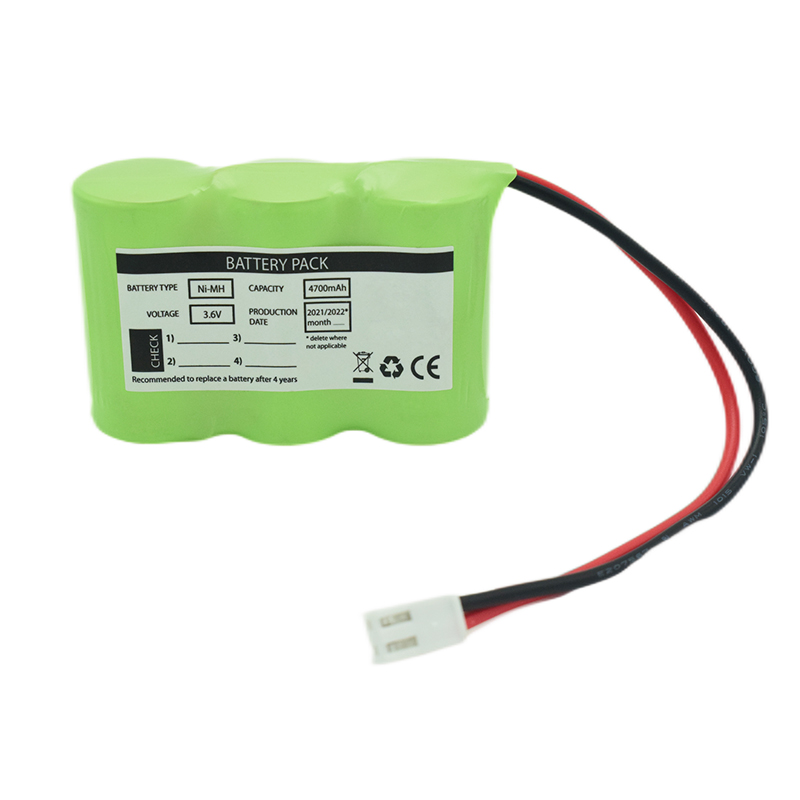 Ni-MH Battery C4700mAh 3.6V
Ni-MH Battery C4700mAh 3.6V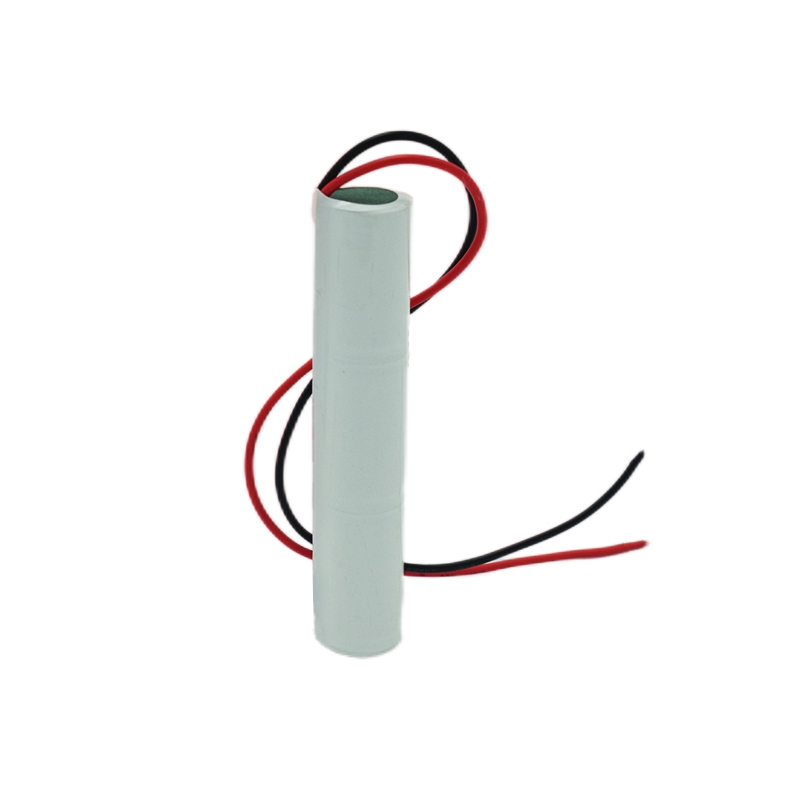 Nickel Cadmium Nicd Battery Pack SC1800mAh 3.6V
Nickel Cadmium Nicd Battery Pack SC1800mAh 3.6V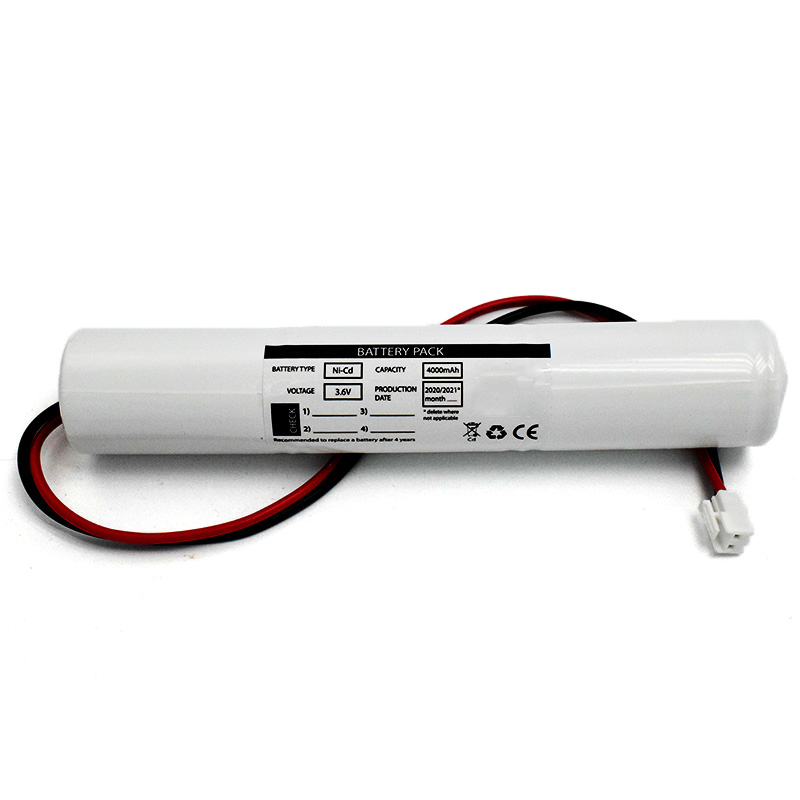 Ni-Cd Battery Pack D4000mAh 3.6V
Ni-Cd Battery Pack D4000mAh 3.6V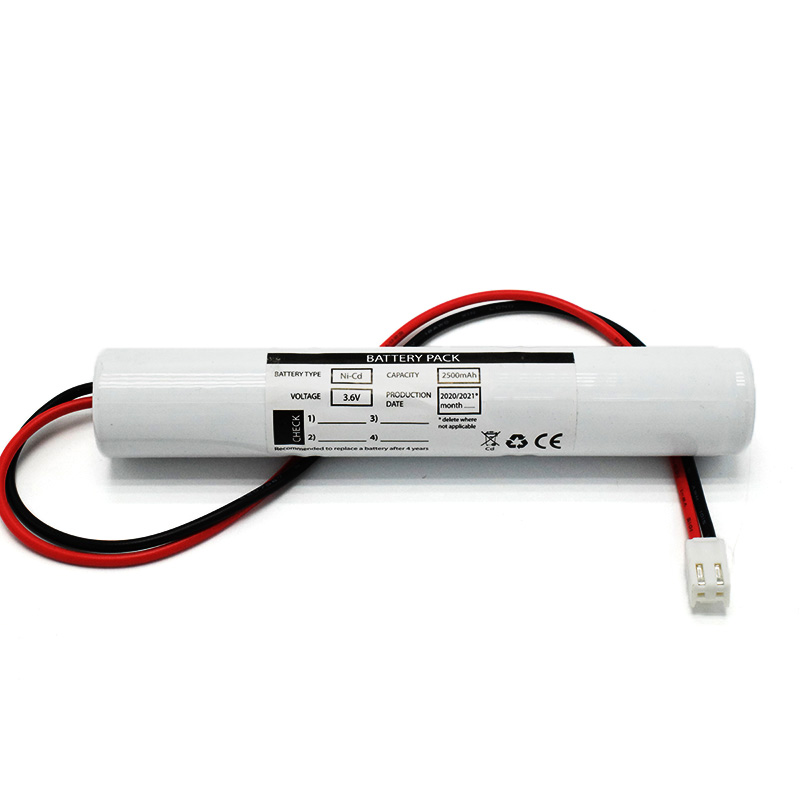 Ni-Cd Battery Pack C2500mAh 3.6V
Ni-Cd Battery Pack C2500mAh 3.6V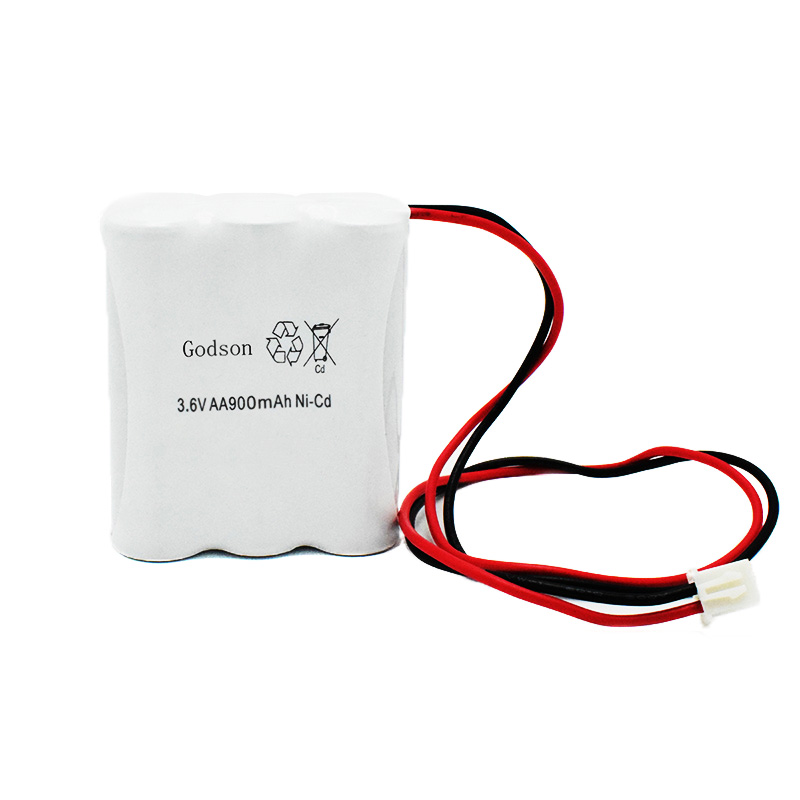 NICAD Battery Pack AA900mAh 3.6V
NICAD Battery Pack AA900mAh 3.6V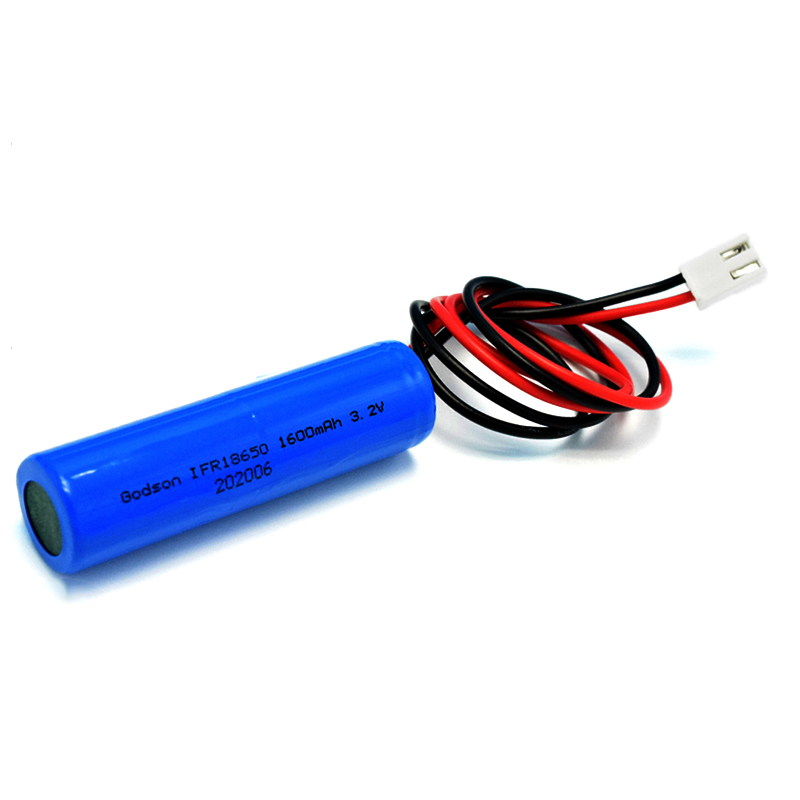 LiFePO4 IFR18650 1600mAh 3.2V
LiFePO4 IFR18650 1600mAh 3.2V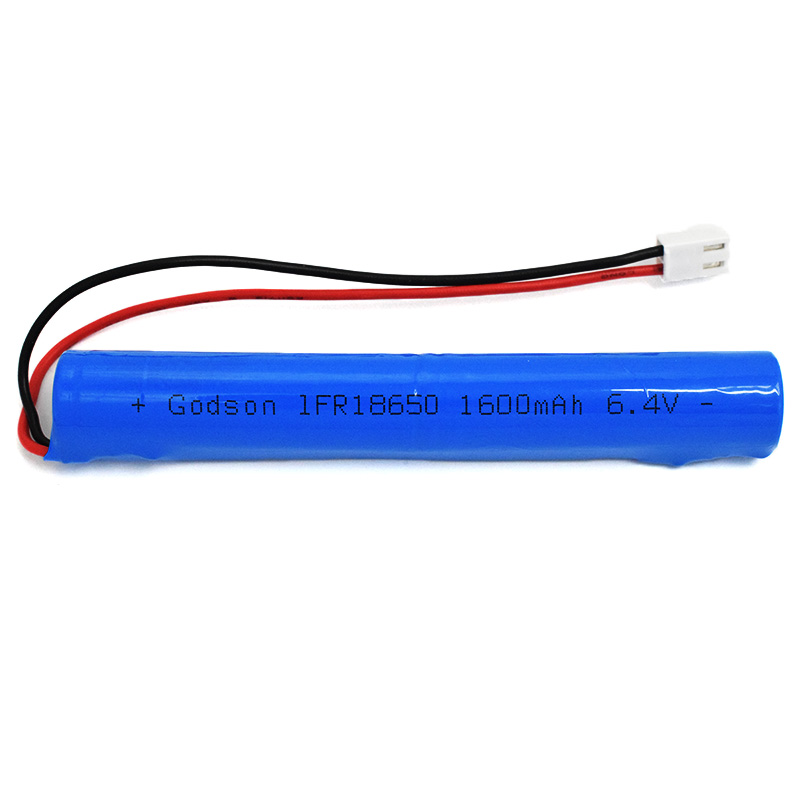 LiFePO4 IFR18650 1600mAh 6.4V
LiFePO4 IFR18650 1600mAh 6.4V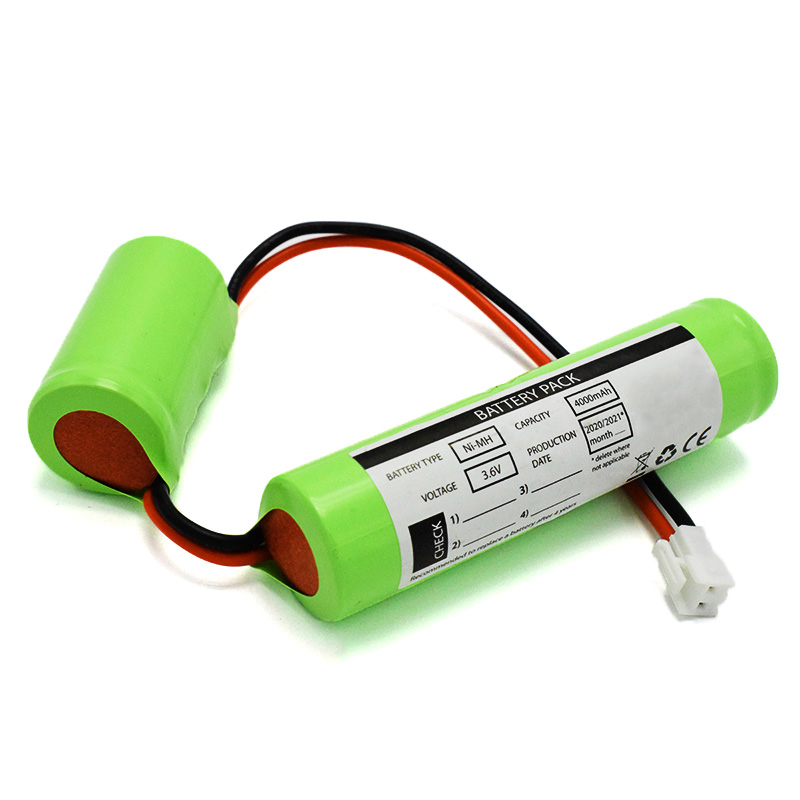 Ni-MH Battery C4000mAh 3.6V
Ni-MH Battery C4000mAh 3.6V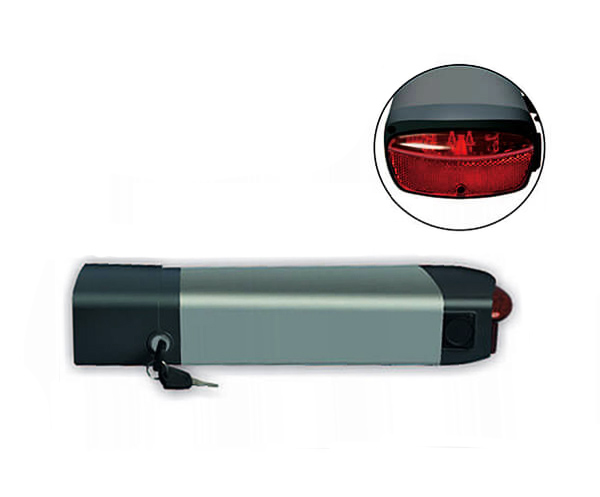 E-bike Battery 48V 10Ah JL-1
E-bike Battery 48V 10Ah JL-1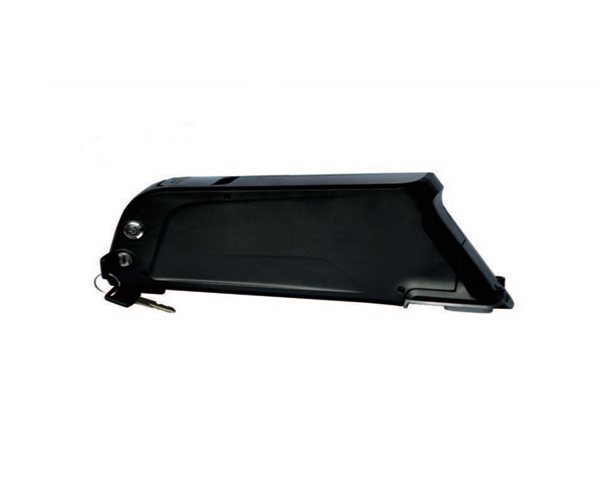 E-bike battery 48V 10Ah Qing Tian
E-bike battery 48V 10Ah Qing Tian